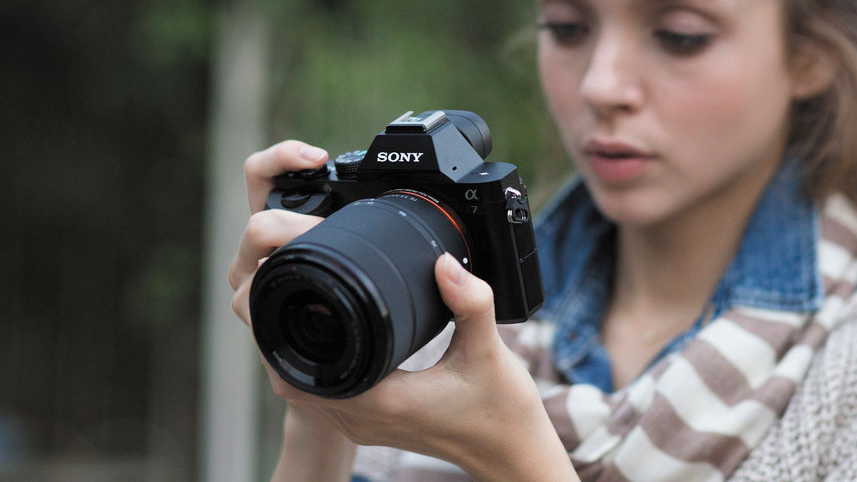TechRadar Verdict
For the price and size, you can't really beat the A7. This is a camera for early adopters, but it's a fantastic step forward and we're already looking forward to the next generation.
Pros
- +
Full frame sensor
- +
Light body
- +
Small body
- +
Tilting screen
Cons
- -
Limited lens collection
- -
No touchscreen
- -
Limited raw functionality
Why you can trust TechRadar
The compact system camera market is still relatively new to the camera world, but it's still able to produce new cameras that shake up the system just a little bit.
[Update: The Alpha A7, along with the Alpha A7R, was Sony's first entry into the world of full-frame photography. It's since been replaced by both the Alpha A7 II and our favorite mirrorless camera right now, the Alpha A7 III, but it's still available and cheaper than ever. Performance is a bit sluggish compared to newer models, but if you're looking for a very affordable way to get into full-frame photography, the Alpha A7 (also referred to as the Sony ILCE7KB by some retailers) is definitely worth a look.]
Sony is no stranger to innovation, with its seemingly relentless desire to be seen at the forefront of consumer technology. So it doesn't come as too much of a surprise that it's first to the market with a compact system camera featuring a full-frame sensor.
The A7 comes in two varieties, one with a 24.3 million pixel sensor and one (the A7R) with a higher resolution, 36.4 million pixel sensor and no anti-aliasing filter.
As you might expect, the A7 is slightly cheaper than its AA filter-less sibling. However, when you compare both to other full-frame cameras on the market, they suddenly appear to be pretty good value for money.
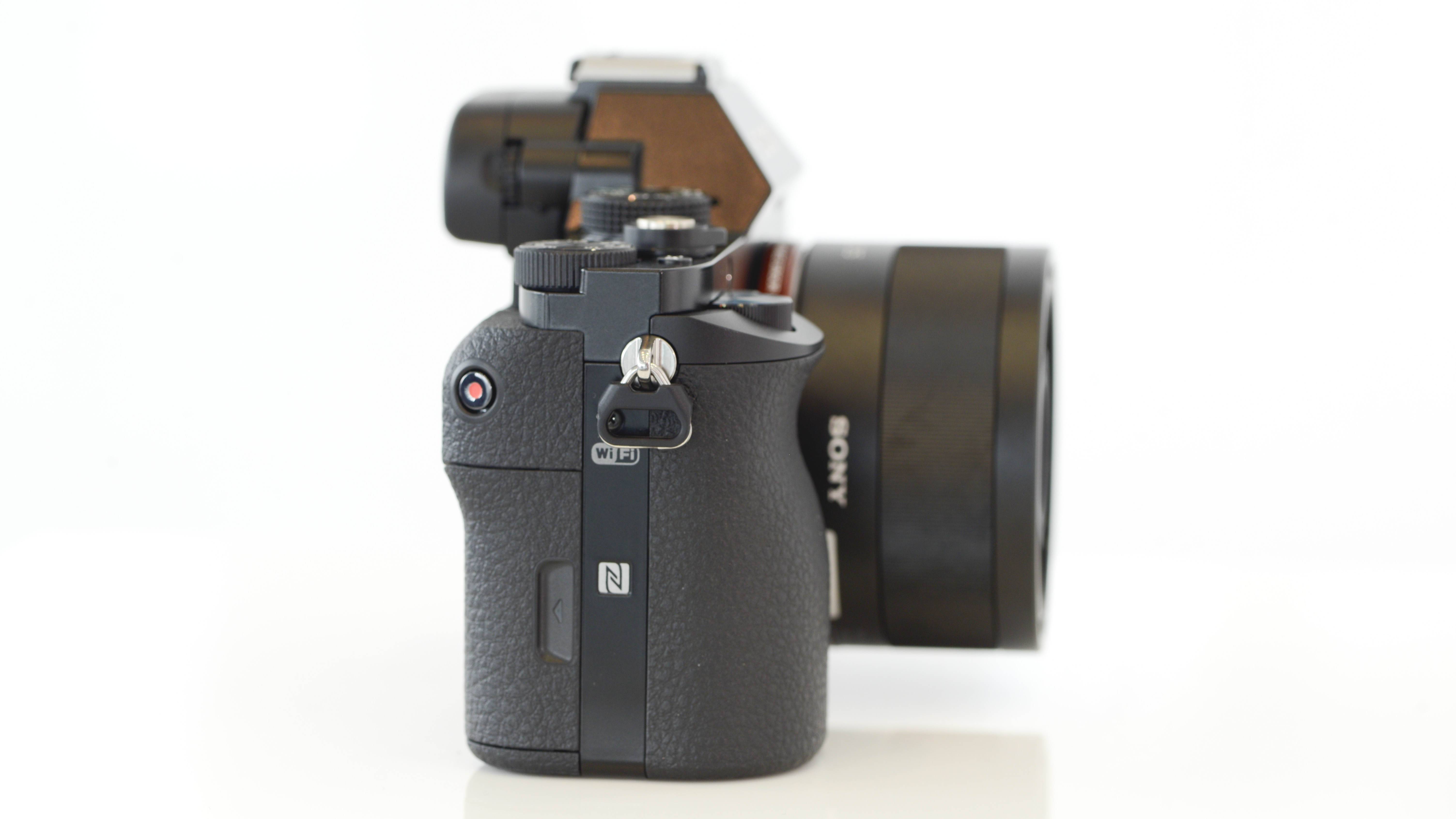
Along with the exciting new sensor, the A7 is equipped with a new processing engine. The Bionz X processor claims to be up to three times faster than the equivalent in its predecessors. There's also a new AF algorithm that boasts very quick autofocusing speeds. The A7 features a hybrid autofocusing system, which boasts 117 phase-detection points and 25 contrast-detection points.
The A7's autofocusing system is sensitive down to 0EV, which doesn't compare particularly favourably with competitors like the Nikon D610, which is capable of -1EV, or the Canon EOS 6D, which is sensitive down to -3EV. So it should be pretty interesting to see how the camera copes when shooting in low light conditions.
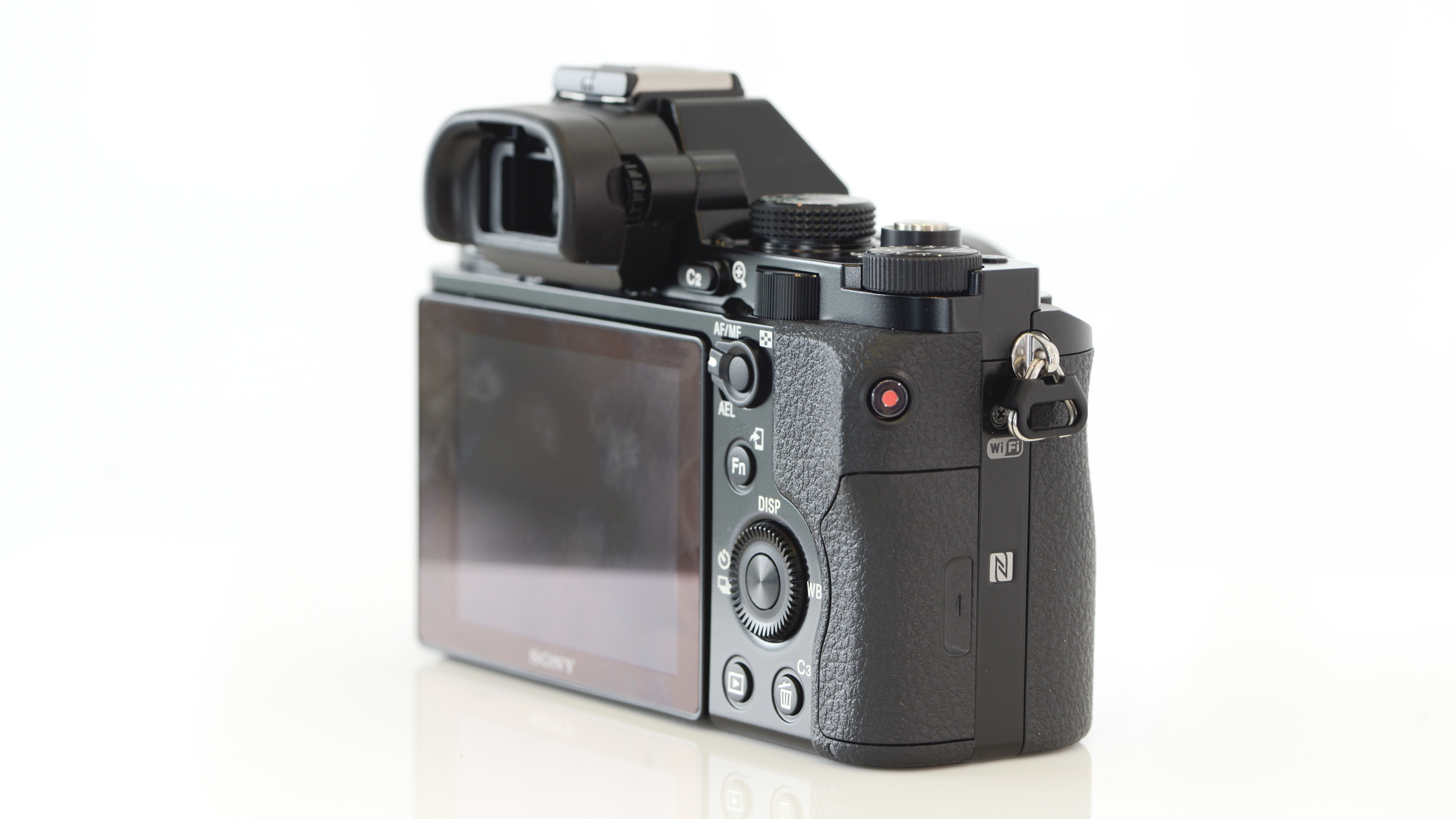
Although the A7 uses the existing E-mount, current E-mount lenses have not been designed for full-frame, so if you choose to use those the camera will automatically crop to APS-C mode (although you can switch that off). To get the most from the camera, a range of five new lenses have also been announced to include zoom lenses and prime optics, some in conjunction with premium lens manufacturer, Zeiss.
The A7 will be available to buy as a kit with a 28-70mm FE (that's a full-frame E mount) f/3.5-5.6 lens. There's also a 35mm f/2.8 available to buy as of now, while the 55mm f/1.8 should be available soon. Also in the offing for the very near future is a 24-70mm f/2.8 Carl Zeiss zoom lens and 28mm f/2.8 Zeiss optic.
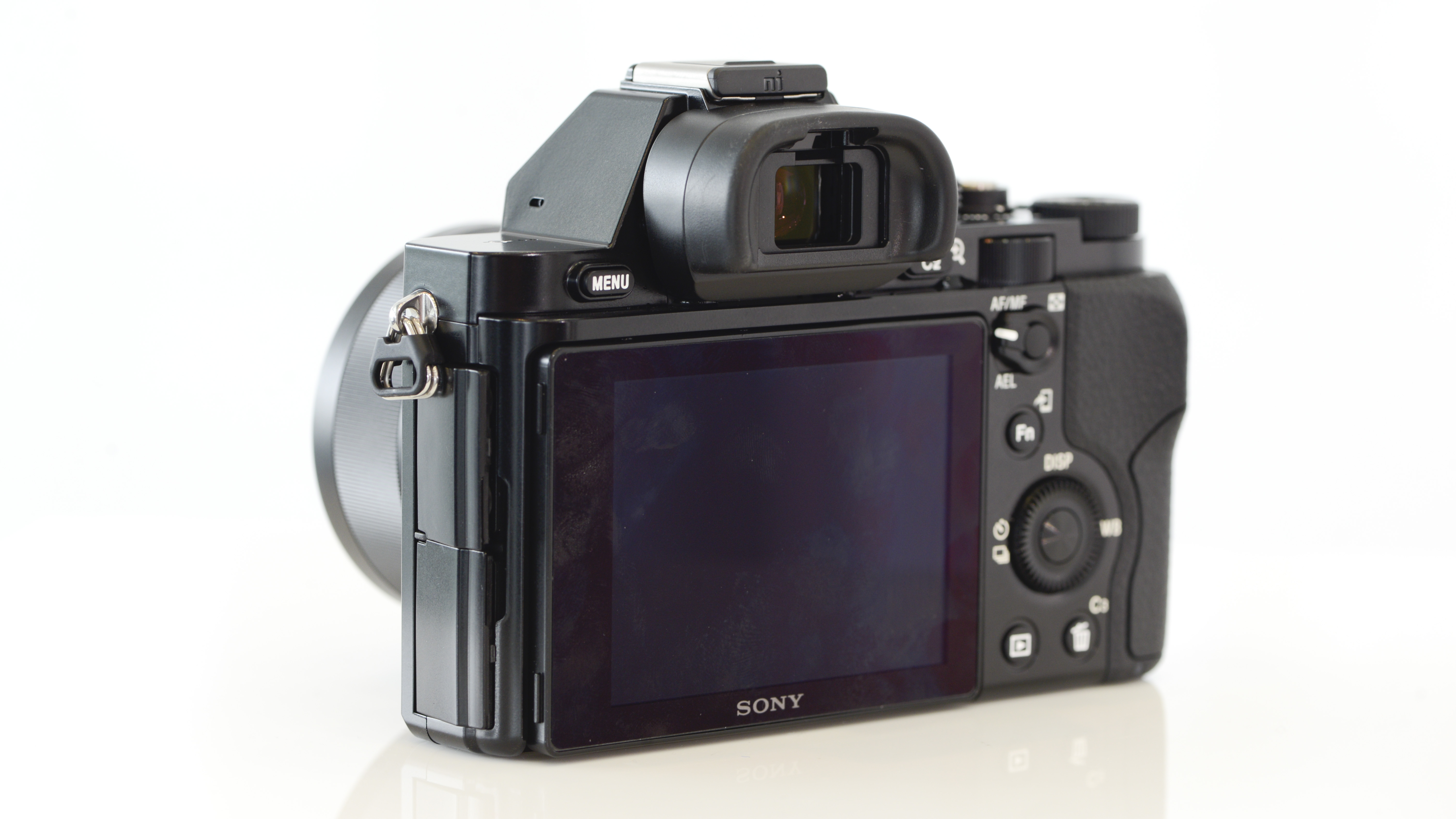
Sony says that it will continue to develop extra FE lenses, meaning that there should be 15 available by the end of 2015. A converter is also available for mounting any existing A-mount full-frame optics that you may have – remember that Konica Minolta lenses are also compatible.
It's also possible to purchase third-party adaptors for lenses from entirely different systems, such as Canon and Nikon – a bonus for any current full-framers contemplating making a switch but not relishing the idea of a full system swap.
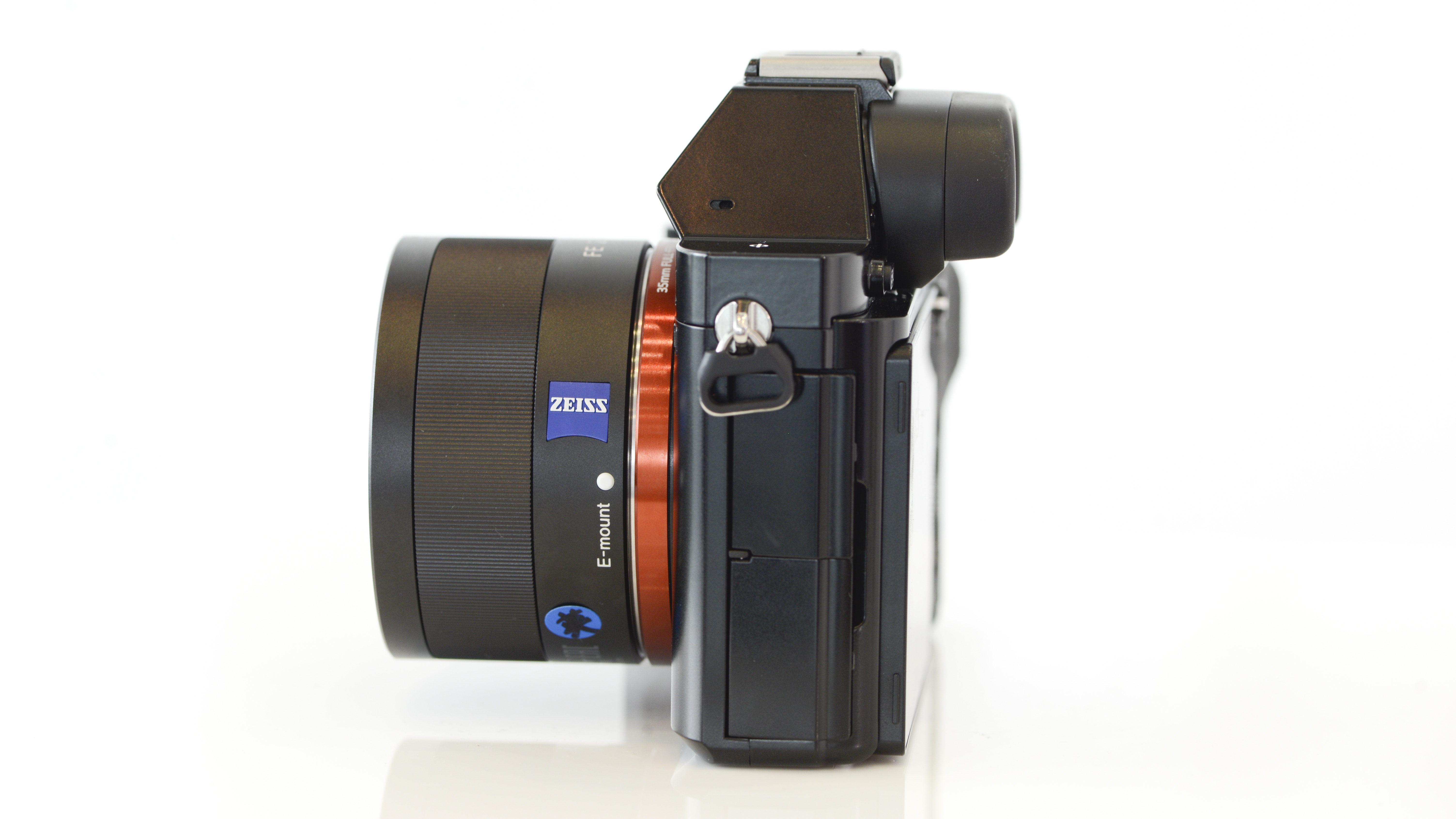
Other interesting features of the camera include dust and moisture resistance. While not fully waterproof, moisture resistance should see it cope with the odd rain shower without too much trouble. It's also equipped with Wi-Fi and NFC connectivity, which means that you can share images with your smartphone or tablet instantly, or use another device to remotely control the camera.
The Sony A7 and A7R are more or less unique in the market, being so small and light, and of course mirrorless. However, if we're talking about "entry level" full-frame cameras, the A7 does compete with the Nikon D610 and the Canon EOS 6D. It's cheaper, and of course smaller, than both of those options, making this appealing for those looking for their first foray into full-frame shooting.
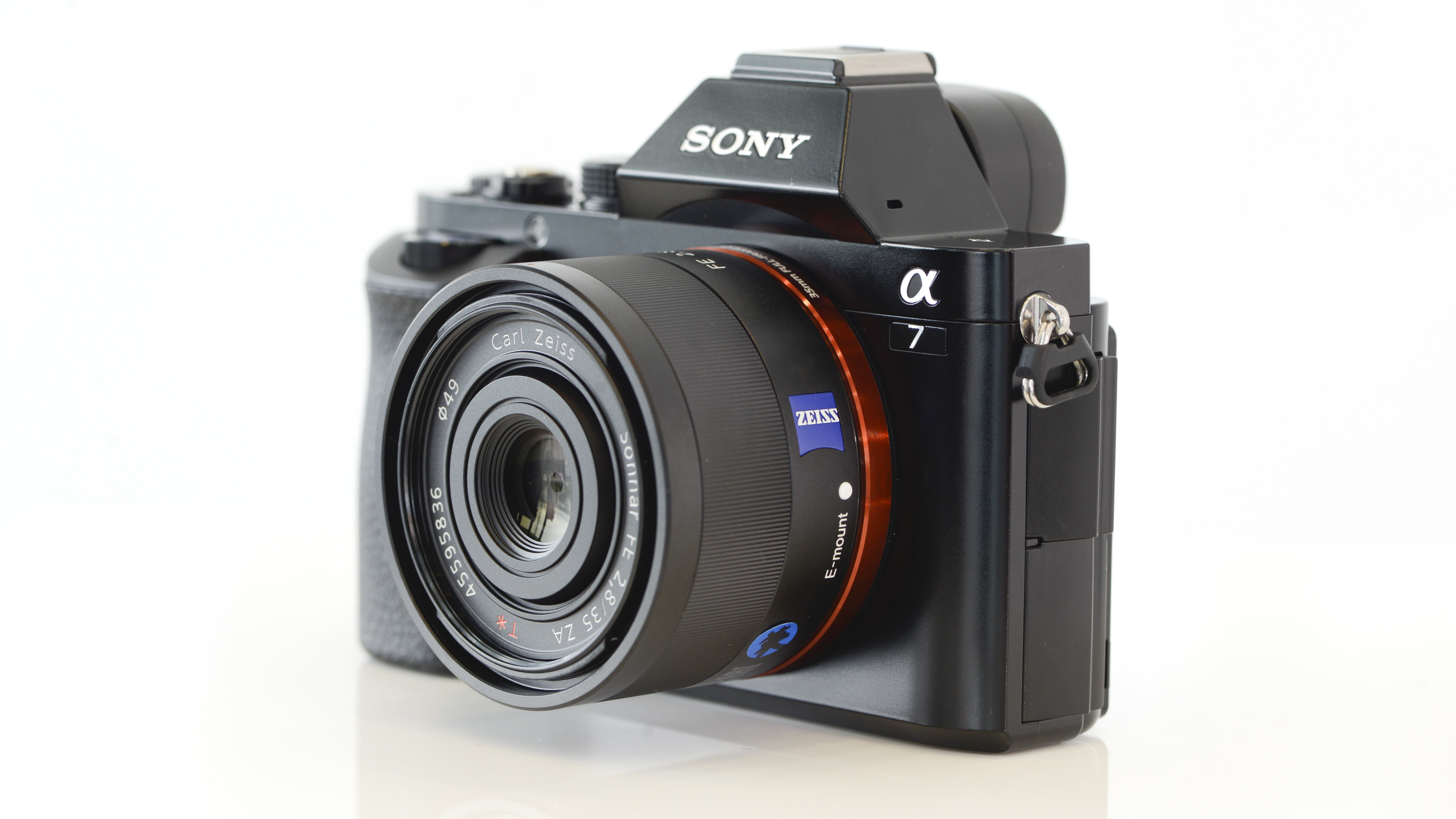
In terms of compact system cameras, the A7 isn't exactly cheap. But this isn't like other compact system cameras. Compared to other full-frame interchangeable lens cameras, it's a bit of a bargain.
Amy has been writing about cameras, photography and associated tech since 2009. Amy was once part of the photography testing team for Future Publishing working across TechRadar, Digital Camera, PhotoPlus, N Photo and Photography Week. For her photography, she has won awards and has been exhibited. She often partakes in unusual projects - including one intense year where she used a different camera every single day. Amy is currently the Features Editor at Amateur Photographer magazine, and in her increasingly little spare time works across a number of high-profile publications including Wired, Stuff, Digital Camera World, Expert Reviews, and just a little off-tangent, PetsRadar.
